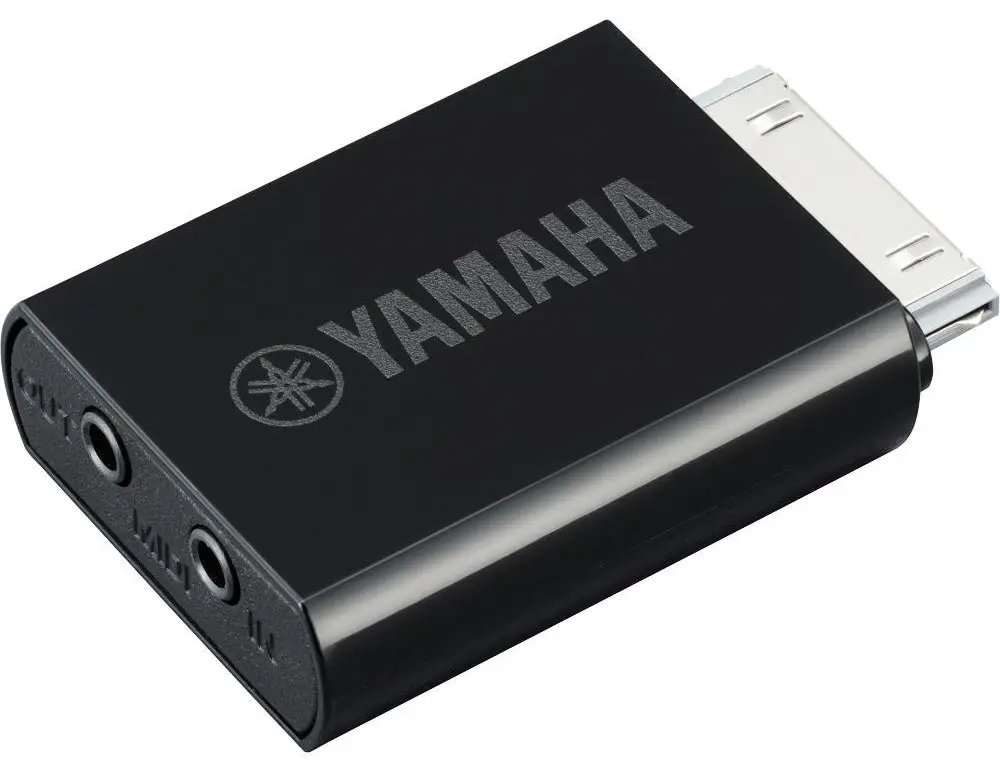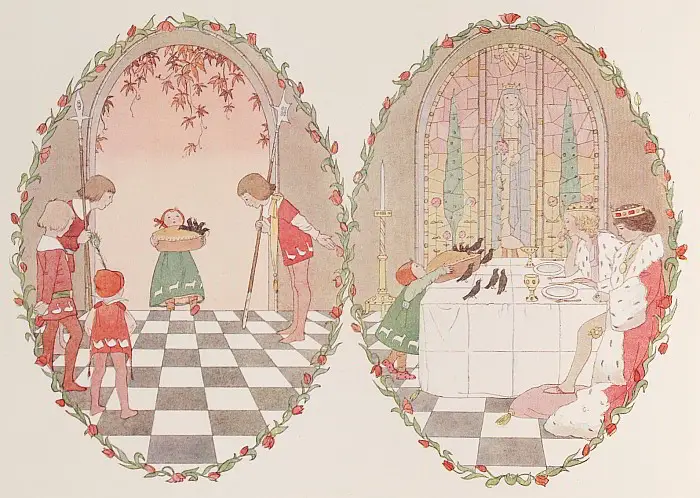Click on any of the music scores to view/print higher resolution versions
This guide will show you how to play simple arrangements of “Auld Lang Syne“.
Auld Lang Syne: Introduction
Here, Auld Lang Syne is written and played in the key of D Major, and has a 4/4 time signature.
Auld Lang Syne: Main Melody
Here are the melody notes you need to play:
A | D D D F# | E D E F# E | D D F# A | B B |
A F# F# D | E D E F# E | D B B A | D B |
A F# F# D | E D E B | A F# F# A | B B |
A F# F# D | E D E F# E | D B B A | D |
Here’s the complete melody written out:
Feel free to alter the timing of the notes to make the music “flow” better. Remember, musical notation is not an exact science and there’s room for your own interpretation of the music.
Here’s what it sounds like:
Auld Lang Syne: Single Note Bass Line
Below is a simple bass line for the song using just one note at a time. Most of the time you simply play one whole note (semibreve) per bar, with the exception of the final bar which contains a dotted half note (minim).
Here’s the printed music:
And here’s what it sounds like:
Auld Lang Syne: Walking Bassline – Arpeggios
To inject a bit of movement into the piece, here’s a walking bass line comprised of quarter notes (crotchets) played as arpeggios (broken chords).
After the bass note in the bass clef of each bar, you play the next three notes in the major chord arpeggio – that is, the major third, perfect fifth and octave intervals.
In fact there are only three different arpeggios used — a D major (as per bar 2), an A major (bar 3) and G major (bar 5).
Though these should be fairly easy to play, do watch the big jumps between the top note at the end of one bar and the lower note at the start of the next bar. This is particularly noticeable in bars such as 3 and 4, jumping down from a high A to a low D.
It’s important to keep these notes steady, so the four notes maintain a regular rhythm. It may take a bit of practice when played against the first two melody notes in many bars (2, 3, 4 and so on). Listen to the music to hear how these should be played.
Here’s the printed music:
And here’s what it sounds like:
Auld Lang Syne: Walking Bassline with Right Hand Chords
In the final version of Auld Lang Syne, I’ve added three-note chords to the right hand to give fullness and a richer harmony.
Generally there’s a chord to play on the first and third beats of each bar. Try to hold the lower notes of the chord while you play the melody over the top. Using the sustain pedal will really help smooth the sound out.
The exception is in bars like 5 and 9, where you have a dotted half note (minim) followed by a quarter note (crotchet).
Here’s the printed music:
And here’s what it sounds like:
We hope you found this guide useful. Feel free to leave comments below if you have any questions or suggestions.







